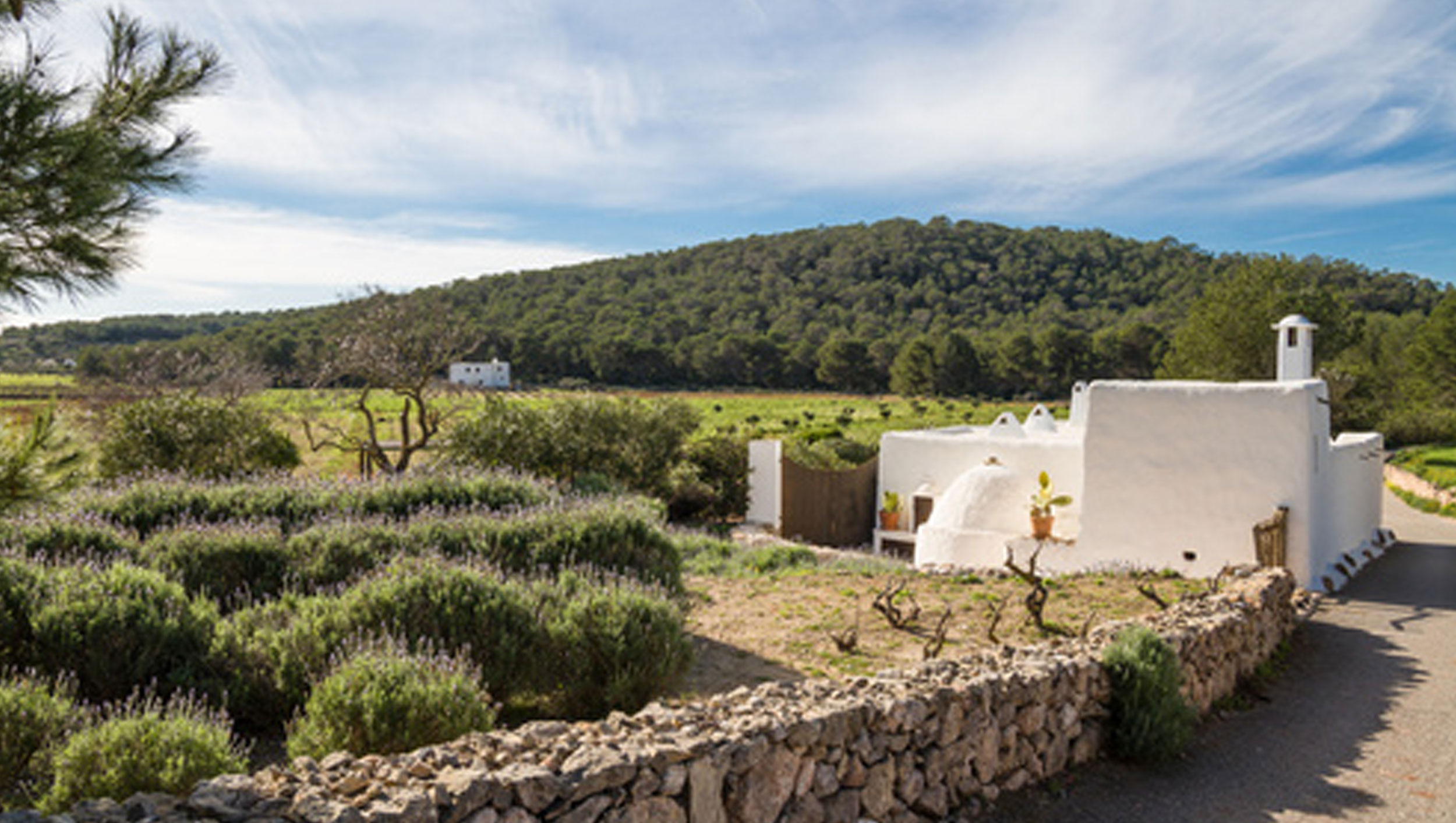
IBIZA THE LOCAL HOUSE
Did you know that the name of the "white island" is given by the payesa house of Ibiza? Whitewashed, wide walls, small windows a clear example of how to take advantage of solar energy and not waste anything that nature gives us. And it is that the payesa house of Ibiza is a clear example of sustainable house. They always have a cistern, which collects rainwater thanks to these flat roofs that are at different heights, when you see a good look and you will see how the different roofs of each room are staggered so that rainwater will "pour" from some to others until it is channeled to that cistern and stored there.
These roofs were formerly made of reeds, algae and clay. The reeds formed the skeleton and the algae together with the clay served as insulation in several layers.
The interior part of the house, that of the "hold" was covered with "tejell" that was fitted between the savina beams to not allow that water to filter and give consistency to the whole.
Imagine the fights that our parents' grandparents used to give to the slightly naughty boys who liked to climb on the roofs of houses with whatever excuse they could think of. Literally those guys if they were not careful they could easily end up inside the house.
The beams and girders of these houses are coarser and less glamorous than you can have in mind from any point of the Spanish or European geography, they are simple, round and sanded, as is the tree (which we dare to tell you do not expect filigree or carved things in 100% of the cases. It is perhaps that simplicity, that "less is more" what has made this architectural style has been copied by so many architecture studios, and that so many details from inside the country houses have been copied or adapted to what what is modern life.
The payesa house is self-sufficient in the sense that formerly you could have almost everything you needed to survive without leaving or getting too far away from it. This is one of the reasons why hippies chose Ibiza and Formentera to stay, the ease of subsisting (along with good weather, good atmosphere and everything else) without too much expense, and full contact with nature.
Imagine your garden where you eat seasonal material, tomatoes, lettuce, eggplant, potatoes, cabbage, oranges (in some cases) your lemon tree in the yard, old vines that give a black and sweet grape, almond trees, fig trees, a corral near the house in which there used to be sheep and / or goats, some horse or burrito that in addition to work served as transport, a pig to prime the whole year that in winter gave you for slaughter, chickens who gave you eggs every day .... Maybe you did not have many things, but we can almost confirm that they did not need as much as we did, that they did not have as much stress and that they ate better than many of us.
